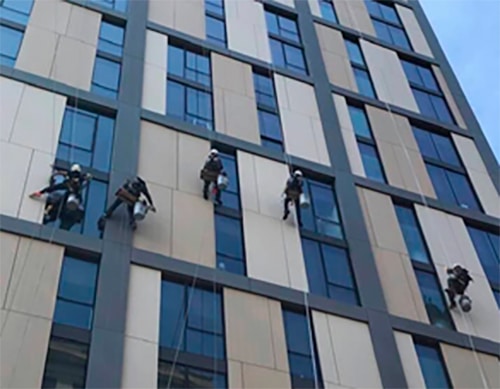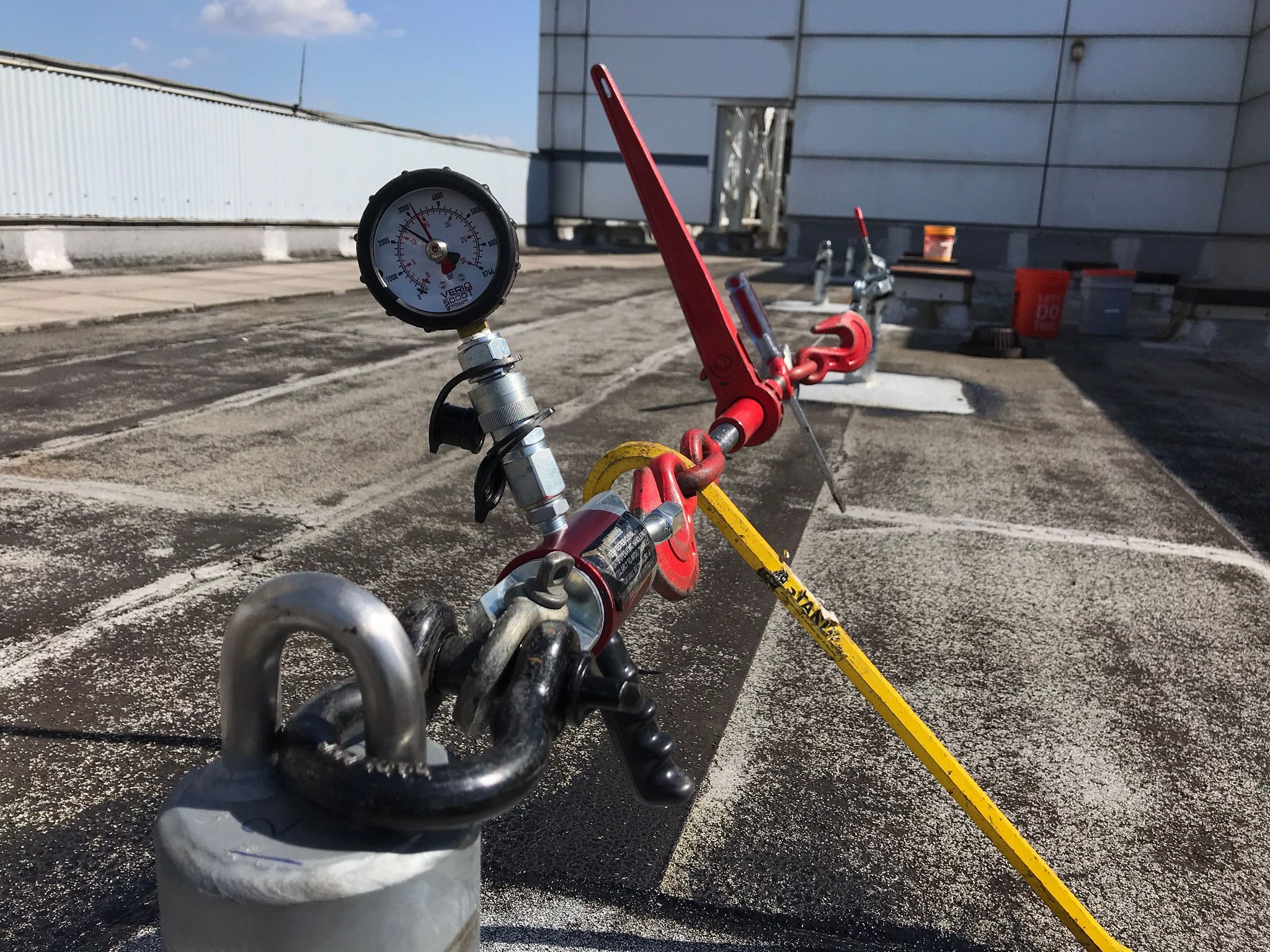Requirements for Safe Work Practices.
- A Rope Access Program Administrator shall be the main contact point for matters relating to the safety, training and regulatory aspects of rope access. The designated person shall be suitably knowledgeable and experienced in rope access techniques.
- Rope access work practices shall include the ability for self-rescue or prompt rescue by other rope access technicians. All work plans shall include the necessary information for contacting the local emergency services.
- An access work plan shall be completed before beginning rope access work. The access work plan shall include, but not be limited to, the following objectives.
- List the rope access systems to be used for the proposed work.
- List the members of the work team by name and identify their duties.
- The Rope Access Program Administrator shall assess the individual team member’s suitability for the work to be performed.
- List the rope access equipment to be used for the work to be performed.
- List the hazards associated with the work to be performed and actions to be taken to mitigate the hazards.
- List appropriate personal protective equipment (PPE) to be used.
- List provisions for providing security to the anchor location.
- List public safety provisions.
- Describe the accident response plan and list the outside rescue service and the procedure for contacting
- Before starting a particular job, the employer shall carefully assess the work to be undertaken and ensure that all the potential hazards are identified. A site survey is required to determine the means of access, risks to people other than the rope access technicians and the nature of the working environment.
- From this assessment, employers can then prepare a suitable access work plan, with necessary separate access work plans being prepared for each particular aspect of the job.
- This statement should set out the general principles and working procedures for each particular situation which are to be followed by their rope access technicians and by independent contractors used.
- In many cases where types of jobs are similar, sections of the access work plan could be identical and might therefore be in the form of a general document.
- Before starting work, the Rope Access Supervisor shall complete a job safety analysis. In particular, attention shall be given to the following aspects:
- Ability of the rope access technician to safely use materials, equipment or tools necessary for the work and whether the reaction from any equipment or tool may place the person at risk.
- Whether the work may loosen material which could become a hazard to the rope access technician or other persons.
- Whether the time required for the work at any one location will be such that there may be unacceptable levels of risk.
- Whether it would be possible to quickly rescue rope access technicians from any position they could be expected to enter.
- Rope access technicians permitting, planning, supervising, and carrying out the work should ensure that the following safety objectives are met:
- The primary objective is to organize, plan, and manage rope access work so that there will be an adequate safety margin to minimize any risks.
- Where the work site contains additional hazards, then the training, ability, experience, competence, and size of the work team should be of a level that is suitable to deal with any emergency arising out of the work.
- In circumstances where wet synthetic ropes may become a tracking path for electrical discharges, suitable precautions should be taken.
- Except where work is laid out to allow horizontal traversing, work shall be planned such that rope access technicians can descend vertically, with the minimum amount of pendulum to minimize the risk of chafing the rope or overloading the rope or anchors.
- Work should start from properly protected safe areas or areas made safe by the installation of temporary barriers or scaffolding. Such areas should also have a safe means of access.
- Anchors should have safety factors that meet or exceed those required for the ropes.
- The attachment to the anchorage should at least equal the strength of the system attached to it.
- Re-direction of a rope from an anchor should not exceed 120 degrees unless the side loads produced at the redirection point are considered. Similarly, where the included angle at the attachment is high and produces a ‘multiplier’ effect, the extra forces produced should be considered.
- All rope access technicians should be properly supervised and self-supporting.
- Work teams should consist of at least the minimum number of members required to ensure that should anyone require help they can quickly perform a rescue.
- To meet the above requirement, a work team should consist of at least two members.
- One member of the work team should be qualified as a Rope Access Supervisor or Rope Access Lead Technician.
- The Rope Access Supervisor should ensure that the provisions for rescue are adequate.
- Sufficient personnel should be readily available to provide assistance in the event of an emergency.
- The Rope Access Supervisor shall ensure that anchors have been evaluated in order to ensure that overall system safety is adequate.
- Properly planned anchorages should be used.
- In some cases, anchorages must be installed prior to use. In such cases, a qualified person with experience in rope access anchoring systems should design an anchor point to be installed.
- In other cases, there will be a need to devise an anchor point from existing structures. Possible appropriate anchor points include but are not limited to steel members, I-beams, suitable trees of good size and mass, large boulders, heavy equipment and specially designed anchor
- Properly planned anchorages should be used.
- Each rope access technician shall use a fall arrest system meeting the fall protection regulations or standards of the jurisdiction or country of the work; such as ANSI/ASSE, CSA or EN/CE.
- Safety, secondary or backup line(s) or other appropriate belay devices shall be used in addition to the main line unless the employer can demonstrate that the second line or other belay devices would create a greater hazard or otherwise would not be feasible.
- In planning to meet these objectives, it should be noted that experience has shown significant safety benefits may be obtained if the system of work always includes the provision of at least one alternative means of support to prevent a person from falling. This means that should any one item fail within the suspension system, there will be an adequate back-up to prevent a catastrophic accident.
- However, in some situations such additional measures may cause greater hazard than they mitigate. These situations should be thoroughly documented in the access work plan.
- The safety line used for fall arrest should have its own separate anchor and should be separately fixed to the rope access technician’s harness. This does not preclude both lines being attached to a single harness attachment point.
- Safety, secondary or backup line(s) or other appropriate belay devices shall be used in addition to the main line unless the employer can demonstrate that the second line or other belay devices would create a greater hazard or otherwise would not be feasible.



